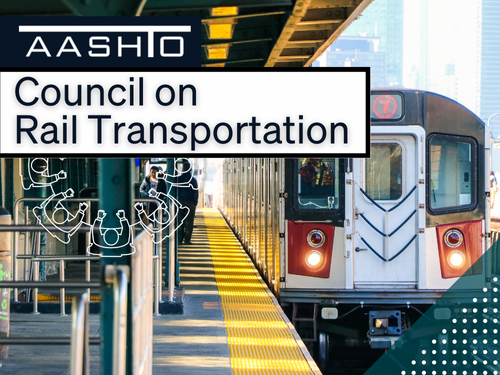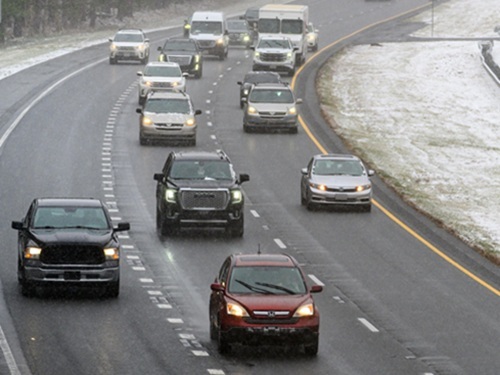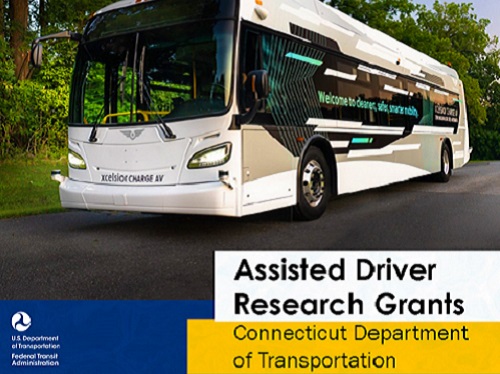Two state department of transportation projects were among the six recipients of $11.6 million in total Federal Transit Administration grants designed to spur transit bus automation research.
[Above photo via FTA]
All six of those projects seek to improve safety, efficiency, and accessibility on the road and in bus maintenance yards via the broader use of automation, FTA said. Examples include testing technology designed to avoid collisions with pedestrians, improved emergency braking systems, and precision movement for bus fueling, charging, and maintenance operations, the agency added.
“Advancements in technology can go a long way toward creating a safer and more efficient transit system,” said FTA Administrator Nuria Fernandez in a statement.
“The innovative research projects we are funding represent an important step toward integrating state-of-the-art automation technology into real-world settings, helping transit agencies protect their operators and riders as well as vulnerable road users,” she added.
FTA noted that many of those projects include workforce analysis and training activities to address how automation may impact existing jobs and help operators and maintenance workers develop new skills.
The Connecticut Department of Transportation and the Colorado Department of Transportation are the two state DOTs receiving grants via this round of FTA funding for transit bus automation projects.
The Connecticut DOT is getting $2 million to expand an FTA-sponsored transit automation program along the CTfastrak bus rapid transit corridor. The project will incorporate collision avoidance, precision docking assist, and more to enhance safety and accessibility throughout the CTfastrak local bus network.
Meanwhile the Colorado DOT will receive over $1.2 million to demonstrate advanced driver-assistance systems or ADAS technology in three retrofitted buses that serve critical rural transit routes.
ADAS uses sensors in the vehicle such as radar and cameras to perceive the world around it, and then either provides information to the driver or takes automatic action based on what the technology detects.
 Nation
Nation
Registration Open for AASHTO’s Winter Rail Meeting
December 19, 2025 Nation
Nation

